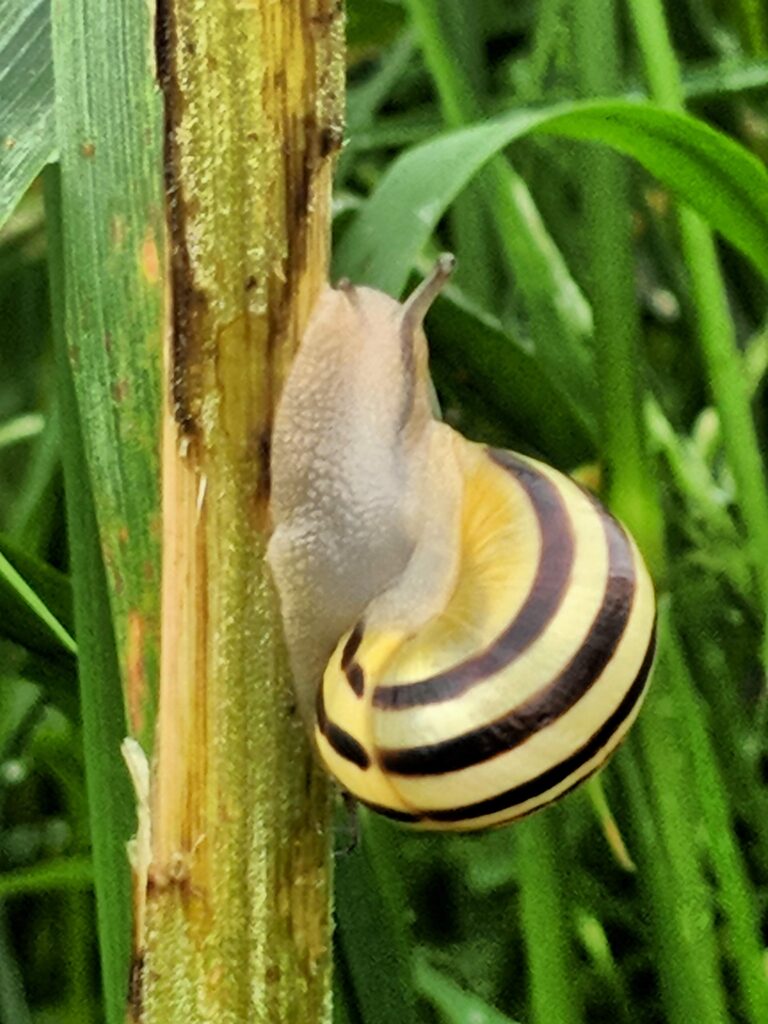Ever wondered what those numbers in the bottom corner of an artwork really mean? Is it a good thing if the number is small or big? Editioned prints can confuse people… even those who have been working in the art industry for some time.

I’ll explain how I go about editioning my own lino prints and it might help shed some light.
When I design a lino artwork I decide how many copies of the print I will make. I print exactly that amount and no more. Each print is then labelled in the bottom left hand corner. The first print is labelled number 1, the next number 2 and so on. The number is written in front of another number which states the total amount in the edition so the owner knows exactly what they have bought. For example 1/20 means they have bought the first print in an edition of just 20.
Why is it important?
If an artist’s work becomes significantly valuable then this is vital information for valuers as a print from a small edition is going to be worth more than a print from a large edition due to its relative rarity. Not many printmakers are expecting their work to be valued at Christie’s, however it is still an important responsibility when selling prints to let the buyer know exactly how many other copies exist in the world and therefore how unique their purchase is.


Big editions or small?
Some artists sell in huge editions, particularly if their work is popular and they can satisfy a large market of buyers, but also if their prints are made by a process that easily produces large quantities eg digital printing. They may even have technicians to help with the workload. This is all great news for the artist and doesn’t really de-value the print itself to the current owner.
When I print my editions the numbers are a lot smaller. I choose an edition of around 20 for my smaller pieces and as low as 5 for the larger artworks. This is because printing by hand with a baren is hard work and I have chosen a career as an artist and not a machine!
Printing in small editions does mean that the artworks are pretty special… there’s not many of them in the world. But then, I would argue that what makes a piece of art truly special is what it means to you, regardless of any numbers, price tags or editions.







